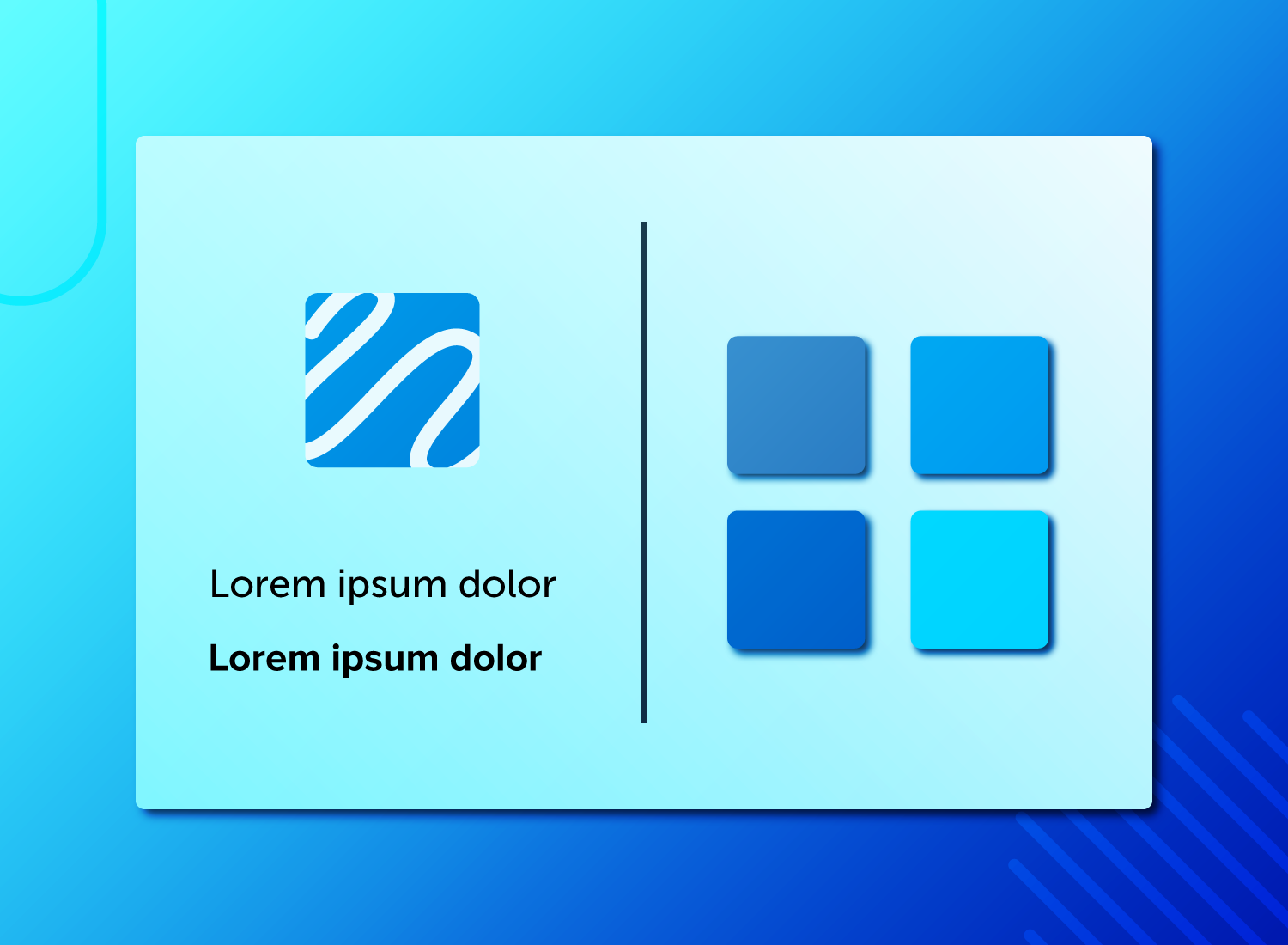When we talk about “brands” and “branding” we usually think about logos, colors, websites, and fonts. These are critical aspects, and a clever logo paired with the right colors is an excellent start, but I’d like to take that thinking a step further. The true purpose of a brand is to cultivate an idea. An idea that your customers can easily relate to and equates to a sense of trust that your company’s product is the solution they desire. This is done by developing and maintaining a consistent brand.
The value of brand consistency
Brand consistency can help your bottom line. According to research conducted by customer experience expert Esteban Kolsky, “55% of consumers are willing to pay more for a guaranteed good experience.” As customers move through your sales funnel, they will perceive the sophistication of your brand through the consistency of the experience. As they continue to encounter content that looks and sounds the same, that feeling strengthens. All of this sets the foundation for the relationship they will have with your company and products.
The keys to brand consistency include having a clear voice in all materials, providing a consistent look and feel, and then combining it all into a dependable experience for your customers. Let’s look at how these elements play a role in the customer experience and how you can work on developing them for your company.
Set the right tone

Is your brand the understanding guide through a complex problem? Is it an excited and upbeat partner as customers strive to become better at something? Or, are you the authority on a topic, inspiring confidence in users that you have the ideal solution to their problems? Think deeply about this question, as your voice will be the personality that your users and customers come to know and love. The consistency of this voice in all company communications will endear you to your customers as they will know what to expect each time they interact with your company.
Developing a voice and tone for your company means thinking about how you want your customers to feel. Spend time considering the problems you solve for them. Develop a deep understanding of the ways they might be feeling, and then craft a voice that responds to those feelings. When customers feel like they are understood, they are going to be much more confident that you are the best solution.
Once you have decided on your voice and tone, make sure everyone in the company has access to information about it. Creating a content style guide, like the comprehensive one MailChimp has put together, is a great idea. Not all of us will be able to create something quite as robust, but giving your employees something to reference is a great start. Having a consistent voice and tone from marketing, through sales interactions, right into support is something that customers, whether they say it out loud or not, appreciate.
Seeing is believing

Let’s be honest, we don’t always read every word on a page. In fact, Nielsen Norman Group found that people typically only read about 20% of the text on a page. Despite that, we experience the content based on how it looks and feels. Without ever reading a sentence, a customer begins to perceive your brand when they see an advertisement or arrive at your website. Use this to your advantage and create a consistent visual experience no matter where the customer encounters your materials. These materials will provide cues to your audience that remind them what your company does.
Done right, consistent visuals make you look professional, support the idea that your organization is an expert in the field, and stick in your customer’s mind. You want them to associate your brand’s look with the solution to their problem.
The thing about visuals is there are so many places that a customer might come across content created by your company. For example, they might be served an advertisement, visit your website, consult with salespeople, and look at support materials like tutorials or documentation. Some of these, like advertisements or your website, are easier to keep in line with a consistent look.
But, members of your sales team are working fast, trying to provide customers with the information they need to make decisions as effectively and quickly as possible. If they’re creating some quick reference content to send, or answering a question, it may be a bit harder for them to access the brand guidelines and make sure to use the right colors. Provide them with the tools and resources they need to make anything they send to a customer fit right in with your brand’s appearance.
Here are some great ways to help people at your company follow brand guidelines:
- Create a style guide
- Make brand fonts available to all employees
- Set up a central repository for commonly used assets
- Hold short trainings or brown bag lunches to discuss branding
- create templates that allow for plug-and-play content
Experience is everything
Think of it this way: the experiences your customers have with your company constitute a relationship. That relationship plays a role in whether they become and remain a loyal, paying customer, or churn out and become interested in your competitors. Seek to create a path that conveys to customers the same feeling at every step. Through voice and tone along with a consistent, branded visual experience you can develop a sense of trust and dependability.
Ultimately, your brand is an integral part of what you offer to customers. Of course, a great product or offering is crucial. It is easily the most important aspect of a successful business. But most markets are competitive, and you need to differentiate from other businesses and service providers. A consistent brand will create the experiences that drive a positive relationship with your customers and set you apart from the pack.
Many tools exist to help you enhance your brand consistency. For example, Snagit’s Quick Style Theme feature helps you ensure brand color pallets are used throughout your organization.
What opportunities do you have to boost your brand consistency? What challenges do you face in sticking to your brand guidelines? We’d love to know—share your thoughts in the comments section below.



Share